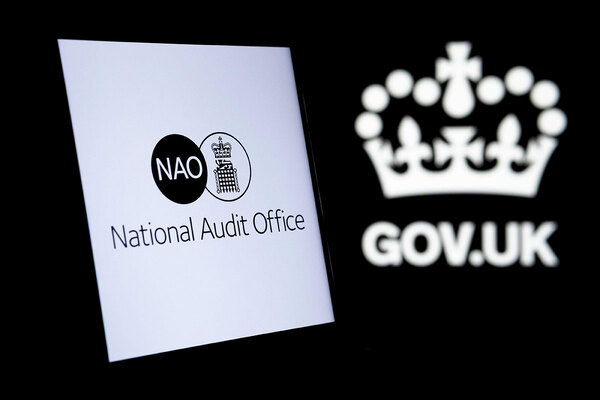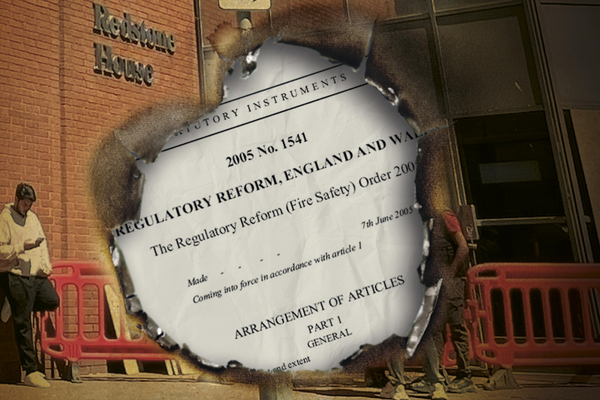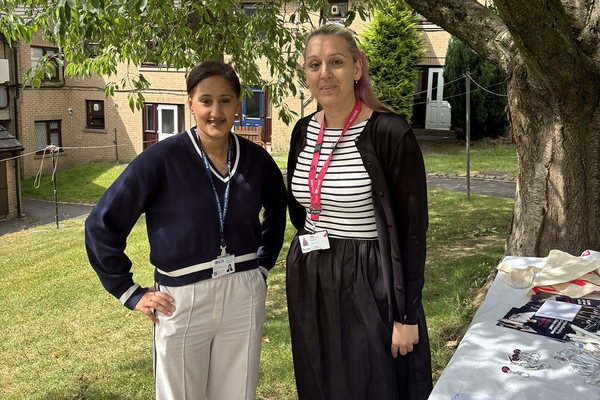You are viewing 1 of your 1 free articles
Data is crucial to deliver an exceptional customer experience
In an ever more digital world, our industry must embrace the potential of good-quality and accurate data to advance customer service, writes Manpreet Dillon, director of customer and property at L&G’s affordable homes division
The affordable housing sector is first and foremost about people. As a service-based sector, everything we do should be geared towards providing residents with the best possible living experience while minimising everyday hassles.
On average, 70% of social housing tenants report being satisfied with the service their landlord provides. It’s an encouraging figure at face value.
However, on closer inspection, it is actually in decline, is lower than many other comparable service-based industries (such as the grocery and banking sectors – both at around 80%) and, most importantly, falls far short of the ultimate target of getting as close to 100% satisfaction as is possible.
Broadly speaking, the sector relies heavily on third parties to deliver some of the most important services for customers, such as repairs, cleaning and grounds maintenance. It’s a useful model which draws on specialist providers’ skills, maximising economies of scale and utilising local knowledge.
Housing providers operating on a national scale, like L&G, lean even more on local providers for direct delivery of customer services and grounds maintenance. It’s an approach that has worked well for us and our customers, as they have access to local services from providers who know them and their communities. However, as we grow, the pressure to maintain a consistent level of quality and uniform delivery will increase.
So how can we deliver improvements and maintain standards when not always directly overseeing services ourselves? It’s a strategic challenge, but one which presents tremendous opportunities to drive standards up and reshape expectations, not only for ourselves, but for the industry as a whole.
“How can we deliver improvements and maintain standards when not always directly overseeing services ourselves?”
In an ever more digital world, our industry must embrace the potential of good-quality and accurate data to advance customer service. Having detailed information is crucial in understanding our customers’ needs – and innovations in technology are making this much easier and more efficient to obtain and use to drive service improvements.
The value of clear, up-to-date and accurate housing management data is undeniable. Key findings from the Regulator of Social Housing over the past year highlight that access to data is helping housing providers to better understand their customers and improving satisfaction levels.
It’s also something we’ve recognised at L&G – and are harnessing through our bespoke AI-enabled system: Brolly. It’s given us more visibility of the condition of our customers’ homes, and also allows residents to directly interact with us at a time and place that works for them.
However, top-quality customer service goes beyond spotting trends and receiving instant intel on a screen. Listening and learning, which some may see as old-fashioned in our tech-obsessed world, should never be underestimated. It’s why the consumer standards Code of Practice stresses the importance of tenant engagement.
The customer’s views should be at the heart of a housing provider’s decision-making. Human insights on what it’s like to interact with our teams, their frustrations and, often, what works well, are what really matters when shaping customer services to match real-world experiences.
The same is true for property condition. Data and life cycles are as vital for effective business planning as feedback from our customers and partners, and seeing our homes and neighbourhoods ourselves.
“Top-quality customer service goes beyond spotting trends and receiving instant intel on a screen. Listening and learning, which some may see as old-fashioned in our tech-obsessed world, should never be underestimated”
Affordable housing is undergoing something of a quiet revival, as ever-growing levels of institutional capital enters the sector. The number of registered for-profit providers has increased by over 40% since 2022, bringing with them innovative ideas.
A real advantage of these new entrants is that they can present a fresh perspective on customer service and design modern housing management systems without the constraints of legacy tech platforms or deeply embedded ways of working.
Whether through data, customer experiences or thinking differently, ensuring insights and service improvements feed through to day-to-day delivery partners is key. That means maintaining constructive relationships and continuous, open channels of communication with partners will always be critical.
Manpreet Dillon, director of customer and property, L&G’s affordable homes division
Sign up for our asset management and sustainability newsletter
Already have an account? Click here to manage your newsletters
Latest stories










